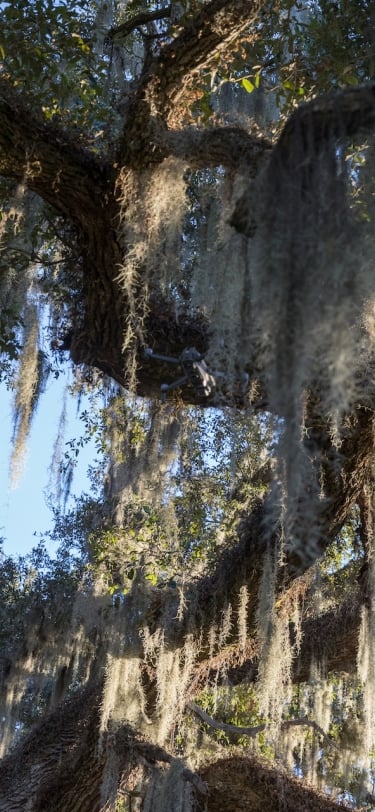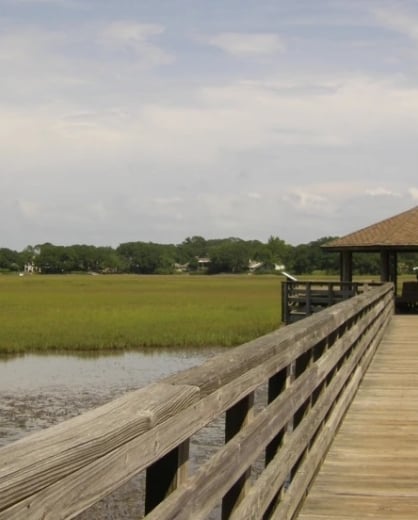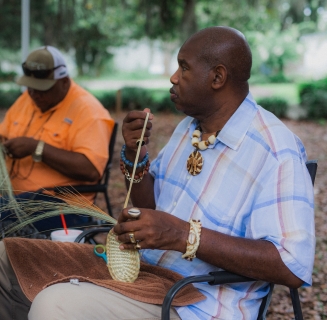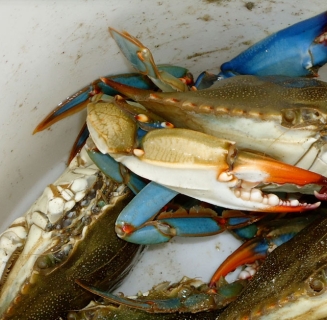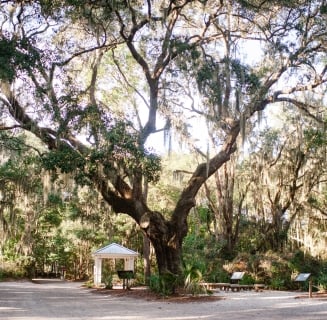Hilton Head Island History & Heritage
Incorporated as a town in 1983, Hilton Head Island is home to more than 40,000 residents who live year-round in our renowned environmentally planned resort and residential communities. Yet much of the Island remains as it was when sighted from William Hilton’s ship more than 350 years ago. Over the centuries, Hilton Head Island’s natural beauty, spectacular seascapes, exceptional ecology and South Carolina historical sites have beckoned generations of explorers—with Native Americans, English, Spanish, French colonists, pirates, African-Americans and soldiers all leaving their footprints on the sands of South Carolina’s Treasured Coast.
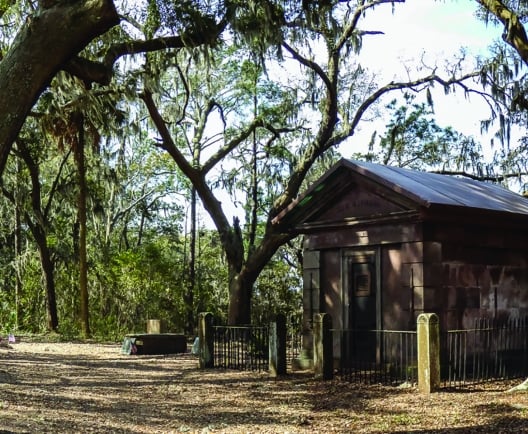
Earliest Inhabitants
When William Hilton landed in the Lowcountry in 1663, he was greeted by Spanish-speaking Indians from the Yemassee tribe, who had migrated north from Florida 100 years prior. He also encountered the native Escamacus Indians, but little is known of the earlier native civilization that inhabited the Island as far back as 4,000 years ago. Remnants of mysterious shell rings, measuring up to 240 feet across and nine feet high, can still be found on the Island. Yet, like the enigmatic rocks of Stonehenge and the carvings of Easter Island, their secrets remain hidden. Today, you can view these artifacts of Hilton Head Island history at Sea Pines Forest Preserve and on the north end of the Island, off Squire Pope Road in Green Shell Park.
Early Days
In 1698, the Lord Proprietors granted several islands and some of the Lowcountry’s mainland to John Bayley. While the entire area was named Bayley’s Barony, Hilton Head Island was referred to as Trench’s Island, in honor of Alexander Trench, the Bayley’s property agent and collector of land-lease fees.
John Barnwell became Hilton Head Island’s first English settler in 1717 after receiving a grant of 1,000 acres in what is now Hilton Head Plantation. However, Hilton Head Island did not gain worldwide recognition until 1790 when another planter, William Elliott, successfully raised the first crop of long-staple Sea Island cotton. Elliott, with the help of his neighbor, Will Seabrook, pioneered a new type of fertilizer for the cotton, resulting in record crops and wide acclaim for the Sea Island cotton.
Zion Chapel of Ease Cemetery and Baynard Mausoleum
The antebellum Zion Chapel of Ease Cemetery and Baynard Mausoleum, situated among ancient moss draped oaks and facing the waters of Broad Creek, is the burial place of several of Hilton Head Island’s original colonial families. The chapel was completed in 1788 and the Baynard Mausoleum was built in 1846. It is the oldest structure still standing on the island, and more Revolutionary War soldiers are buried in this coastal cemetery than anywhere else on the coast other than Charleston. Named to the National Register of Historic Places, the cemetery and mausoleum is owned and maintained by the Heritage Library and the site is open to the public for respectful visits.
Civil War
Eleven months after South Carolina seceded from the Union, the shots fired on Fort Sumter reverberated on Hilton Head Island. On November 7, 1861, the Island became the scene of the largest amphibious landing by U.S forces until D-Day, as more than 12,000 Union soldiers landed on the Island. In less than five hours, the Union fleet captured both Fort Beauregard on St. Philips Island and Fort Walker on Hilton Head Island. The Island fell into the hands of Federal troops, forcing Island families to evacuate their plantation homes.
The Civil War and the subsequent abolition of slavery altered the prosperous and patrician lifestyle of the plantation owners forever. After assuming command in September of 1862, General Ormsby Mitchel was upset at the living conditions of the former slaves. He confiscated some land on Confederate General Thomas Fenwick Drayton’s Fish Haul Plantation, laid put streets and lots, and provided lumber for the former slaves to build their homes in a town that would be called Mitchelville. It was the first self-governing town of formerly enslaved African Americans. After the war, as the freed slaves on the island attempted to grow Sea Island cotton, the boll weevil proved to be even more devastating. Consequently, Hilton Head Island lapsed into obscurity, remaining isolated for over 80 years.
During this period, the Island maintained a small population of mostly the descendants of former slaves. They survived modestly on small farms and as hunters and fisherman. Their Gullah culture and language survive today as a living legacy of their strength and perseverance.
In the late 1940’s, the Island experienced a sort of re-birth when a group of timbermen recognized great potential in the Island’s tall, straight pines. Popularly called sea pines, the trees produced lumber for a variety of uses.
The First Resort
In 1956, Charles Fraser, son of one of the families that owned most of the Island, realized that Hilton Head Island had more to offer than just timber. Armed with vision, energy, modern air conditioning and investment dollars, he created a master plan for a resort community. His efforts were aided by the construction of a bridge to the mainland the same year. The first of the Hilton Head family resorts—Sea Pines Plantation—became the prototype of the modern resort community, now copied around the world.
Incorporated as a town in 1983, Hilton Head Island is now home to several environmentally planned resort and residential communities, supporting more than 40,000 full-time residents.
Although the Island is home to many world-class golf courses and resorts, much of the landscape remains as it was when sighted from William Hilton’s ship more than 300 years ago. Hilton Head Island’s natural beauty, spectacular seascapes, exceptional ecology and South Carolina historical sites now beckon a new generation of explorers.
